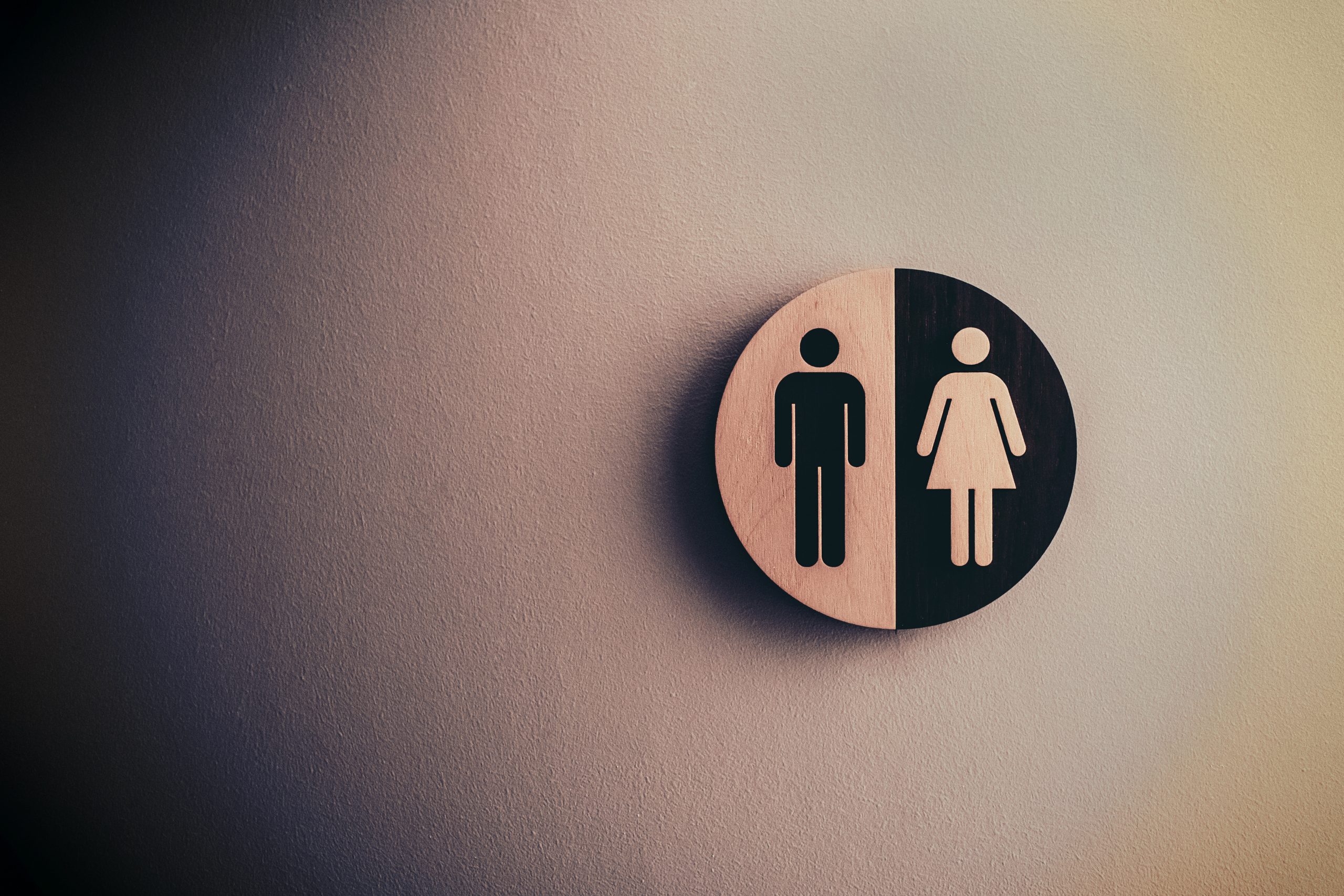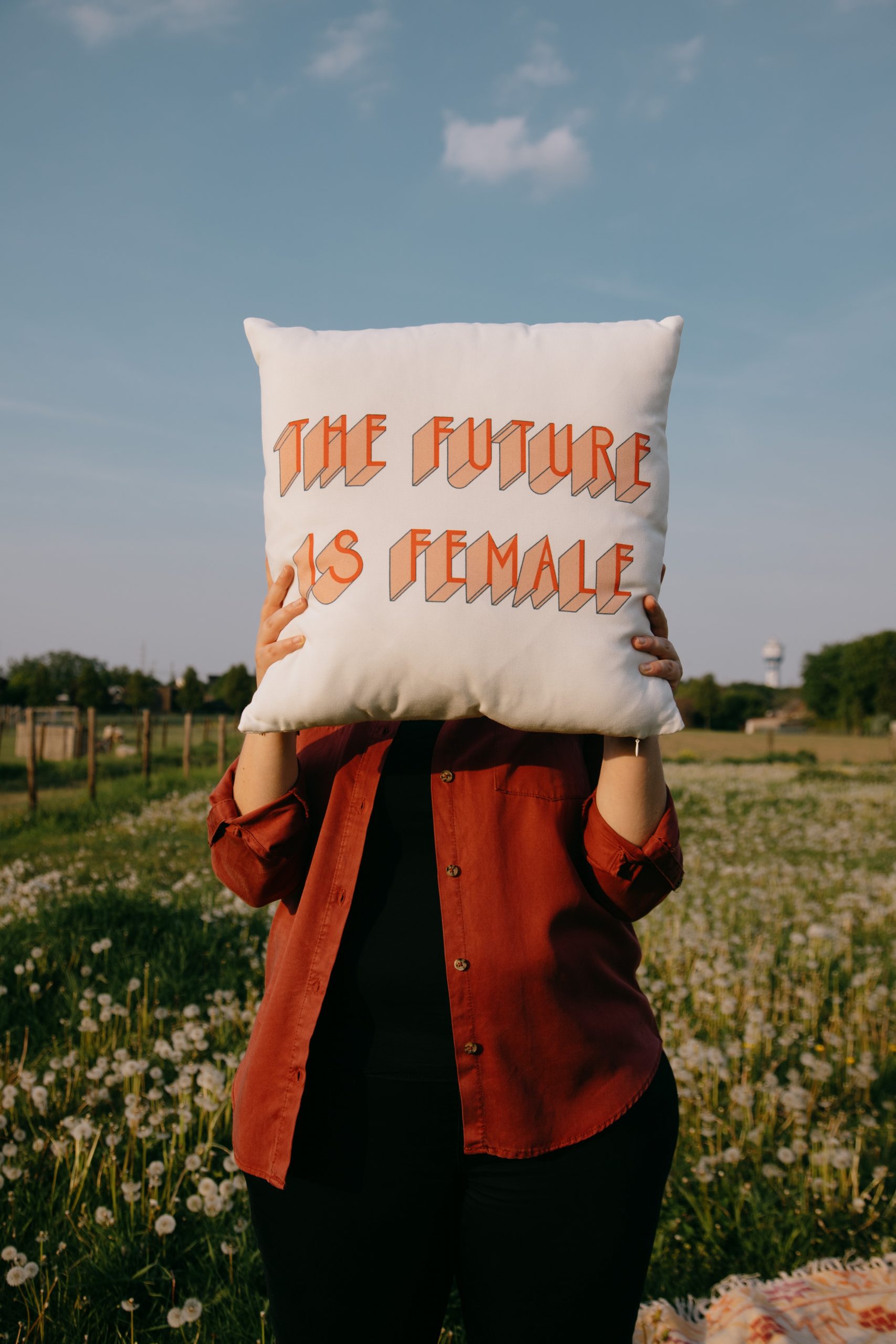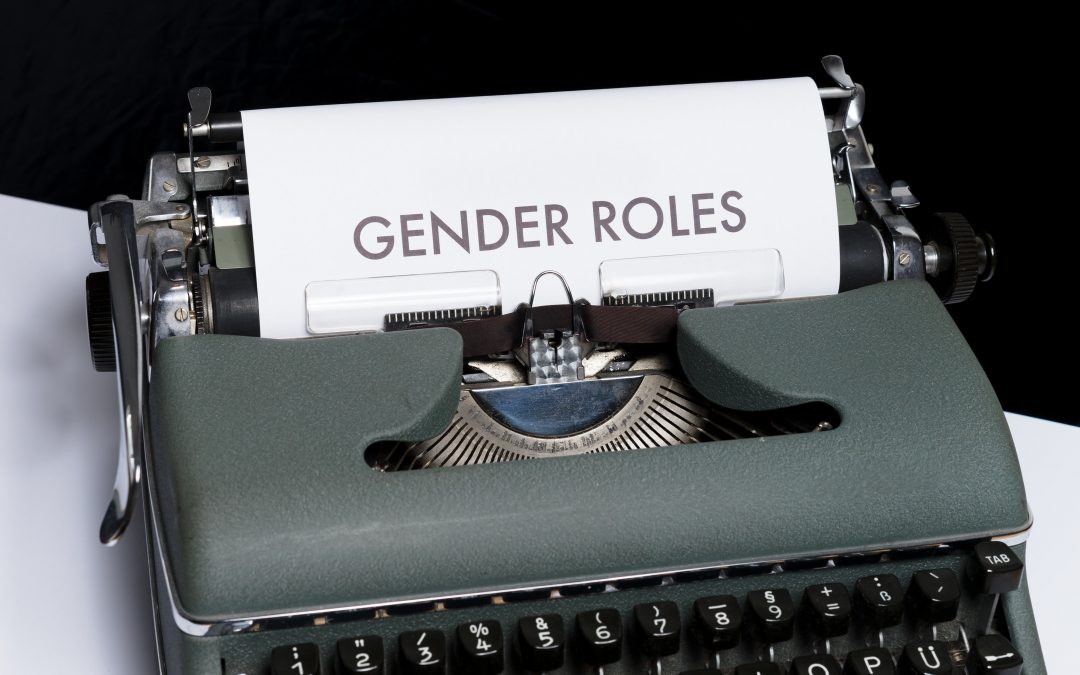Author: Paula
Female leadership is considered as especially dynamic, skilled in negotiating and commonly characterised by a great sense of justice. So how come that the female face of our European population is largely underrepresented in top positions and seems to be burdened by a great deal of injustice and inequity?
First and foremost, it is important to define the term female considering the juxtaposition of sex and gender. According to the Cambridge Dictionary female means “belonging or relating to women, or the sex that can give birth to young or produce eggs” – not really flattering but for this article the focus will lean on the biological attributes of humans, the sex. Even though the socially constructed role and behavior of people – gender – shallbe reflected at another time, we cannot avoid taking into consideration the socially constructed view of femininity – rather, this seems to be the key point of major social inequality.

The female role in our society
The role of female inhabitants of the European Union (EU) is multilayered and complex. Throughout the EU females graduate, work, care for others, give birth and raise their children and of course, so do males (mostly). But let’s take a closer look at the numbers to determine the particular inequities European females face nowadays.
The European population amounts to 447.319 million, more than half of which – 228.763 million – are female. Even though there are numerically more females, this does not reflect in the reality of their representation in society.
The Gender Pay Gap – how unreasonable
Even though the Gender Pay Gap within the EU is no new phenomenon, it still stands at 14.1%. It shows the difference between the average hourly earnings of working males and females. Thus, females on average earn 14.1% less per hour than their male counterparts. A female earns €0,86 for every €1,00 a male gets. This, in turn means that females work almost two months for free each year, compared to males. Looking at the current Trio-Council Presidency and its three member countries, the comparison is remarkable: While Portugal (8.9%) and Slovenia (9.3%) perform quite well in the overall picture of the EU27, Germany sets a disastrous counterweight with a Gender Pay Gap of 20.1%.
How is it possible that such a large Gender Pay Gap occurs in such an advanced country, in a Union and community of states based on the principle of equality? Well, it turns out there are other gaps and inequities that lead to the gender-based gap in wages. While females face challenges such as unpaid extra work, caring for others and daily discrimination, they also have to make their living in a segregated labor market.

The multiplicity of gender-based gaps
According to EU27 data the Gender Employment Gap stood at 11.7% in 2019, with 67.3 % of females across the EU being employed compared to 79% of males. Although almost 60% of graduates across the EU are female, the labor market features a large underrepresentation of females. On top of this, female representation in top positions does not look very rosy either. Across the EU, there are less than 6.9% of female top companies’ CEOs and only 34% of managers are female. Of the Trio-Council Presidencycountries, Slovenia is doing comparatively well with 42% female managers, while Portugal (36%) and Germany (31%) both do not seem to be very progressive.
If we now – just for a short moment – put away all the negative delusions of injustice and focus on the current Corona Virus Pandemic, it becomes clear that where there are female leaders and heads of state, theyhave often been framed as proud figureheads in their ability to lead their countries. The new common tone is: Female leaders are more reasonable, level-headed and make smarter decisions due to their steady hand. With regard to the fact that only 11.1% of the EU27 leaders are female, it may be less of a surprise that the current political situation throughout the EU seems like it is hard to manage.
![markus-winkler-qox5EIqtctQ-unsplash[73]](http://newsroomeurope.splet.arnes.si/files/2021/04/markus-winkler-qox5EIqtctQ-unsplash73-scaled.jpg)
We need and may have some role models!
But despite all the negativity, there is something positive worth mentioning. The EU Institutions, especially the European Parliament, could become role models. Although the proportion of females in the European Parliament only lies at 40.4%, the number of females in top positions is considerably higher: 57% of Vice-Presidents are female and so are 54.54% of Committee Chairs. Furthermore, as the first female president of the European Commission, Ursula von der Leyen is setting a remarkable example for other females and successive female candidates.
It is necessary to look beyond one’s horizon from time to time and focus on the inequities many females across Europe are still facing. For our joint future – consisting of equal females, males and gender-diverse people – it is crucial to acknowledge the above-mentioned facts and, through joint effort, transform them into factors of an equal and fair European society. It’s not about pushing males from their positions. Rather, we should make common cause – we should all come out of our comfort zones and look at each other, with the same basic and human values of equality and fairness in mind. If we will look at the above-mentioned numbers in a few years and the representation of females in the labor market, in top and leading positions has increased, then we might have been able to communicate and listen to each other. Then perhaps the female sense of Europe has turned into a distinct and indispensable female side of Europe – what a different world, what a wonderful world that will be.
Links/ Sources:
- https://brussels.fes.de/fileadmin/user_upload/Inequality_in_Europe_-_final.pdf
- https://ec.europa.eu/info/sites/info/files/factsheet-gender_pay_gap-2019.pdf
- https://ec.europa.eu/eurostat/statistics-explained/index.php/Gender_statistics#Labour_market
- https://ec.europa.eu/info/policies/justice-and-fundamental-rights/gender-equality/equal-pay/gender-pay-gap-situation-eu_en


Nedavni komentarji